Weaving narratives into puzzle games can enhance the player’s immersion and emotional investment. Here are some tips to effectively integrate storytelling into your puzzle game:
1. Start with a Strong Premise: Develop a compelling story that fits naturally with the puzzle mechanics. The narrative should be engaging enough to motivate players to solve puzzles but flexible enough to adapt to various gameplay elements.
2. Integrate Story and Mechanics: Design puzzles that advance the plot or reveal story elements as players progress. For example, solving a puzzle might unlock a new chapter of the story, reveal character backstory, or provide clues to the overarching narrative.
3. Use Environmental Storytelling: Embed narrative elements within the game’s environment. This could include visual storytelling through the design of puzzle areas, objects that tell part of the story, or background details that hint at the narrative.
4. Create Character-Driven Puzzles: Develop puzzles that are tied to the characters and their development. For instance, a puzzle might reflect a character’s emotional state or growth, or solving it could help the character overcome personal challenges.
5. Employ Dialogue and Text: Use in-game dialogue, notes, or text to provide context and deepen the narrative. Make sure that these elements are integrated seamlessly into the gameplay so that they feel like a natural part of the experience rather than an interruption.
6. Reveal the Story Gradually: Allow the narrative to unfold as players solve puzzles. This can create a sense of progression and reward, keeping players engaged by giving them pieces of the story bit by bit.
7. Use Puzzles as Metaphors: Design puzzles that metaphorically represent aspects of the story or character arcs. This can create a deeper connection between the gameplay and the narrative, enhancing thematic cohesion.
8. Ensure Narrative Relevance: Make sure that the story is relevant to the puzzles and vice versa. Avoid adding narrative elements that feel tacked on or unrelated to the gameplay experience.
9. Balance Story and Gameplay: Find the right balance between narrative and puzzle-solving. Too much focus on story can slow down the pacing, while too little can make the story feel disconnected from the gameplay.
10. Test for Engagement: Playtest with a focus on how well the narrative integrates with the puzzle-solving experience. Gather feedback on whether players feel the story enhances their engagement or if it feels disjointed from the gameplay.
By following these tips, you can create a puzzle game where the narrative and gameplay are intertwined, offering a rich and immersive experience that keeps players both challenged and invested in the story.
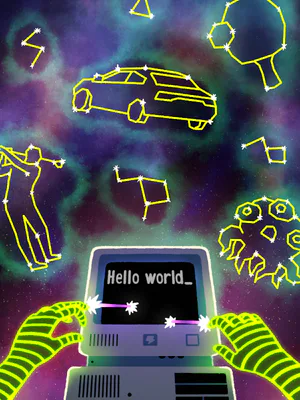
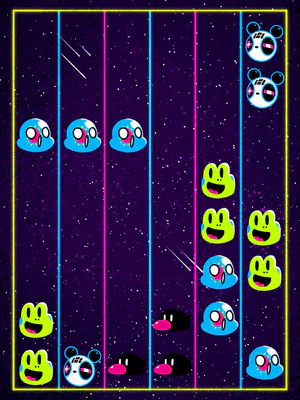




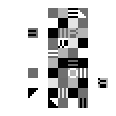
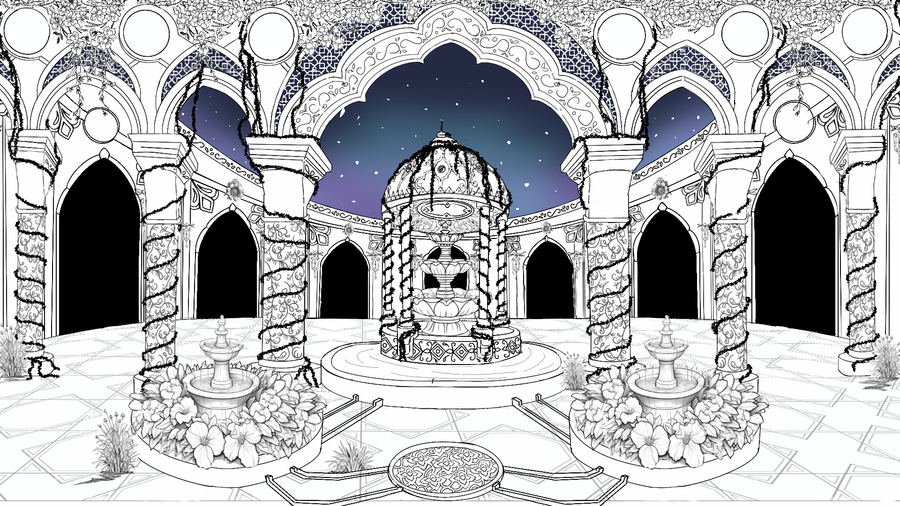


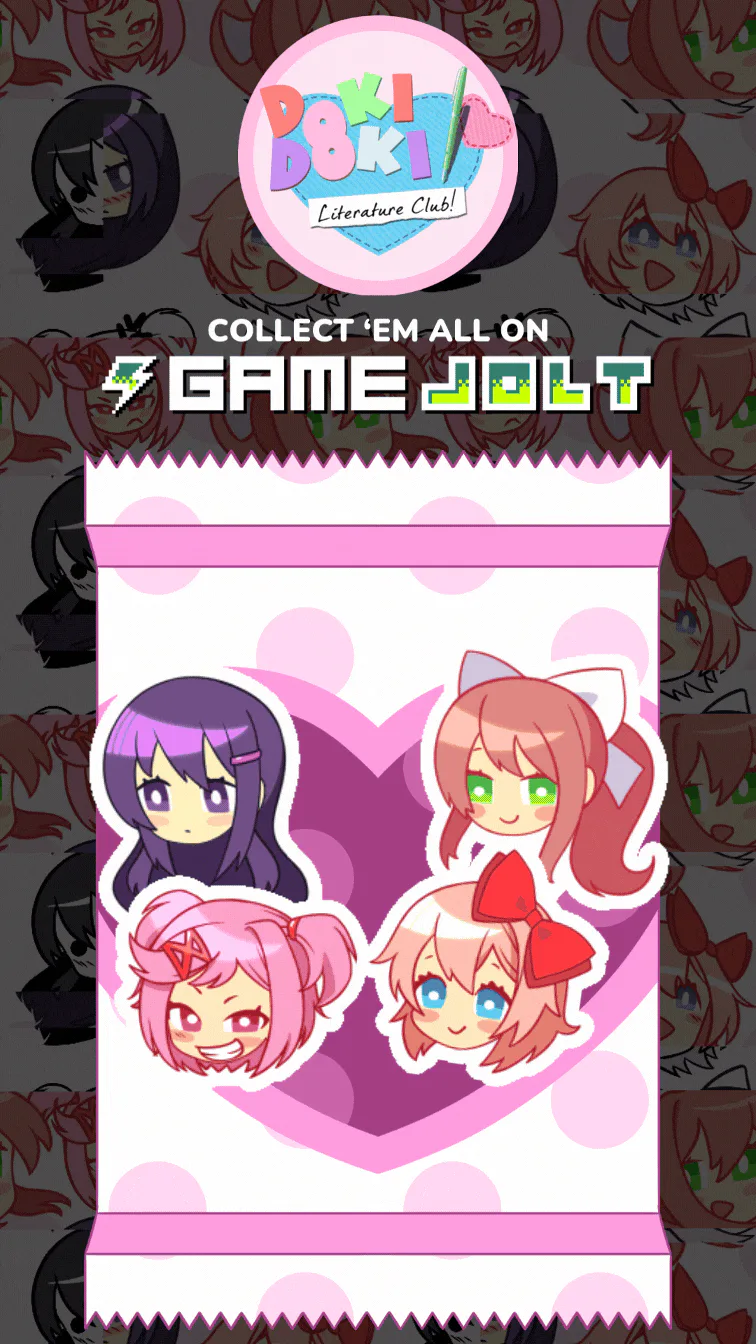
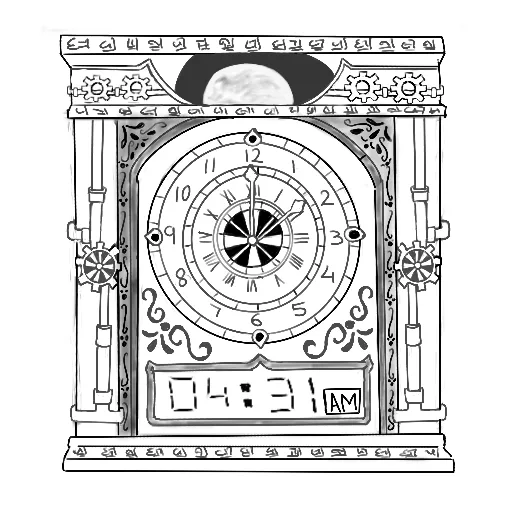


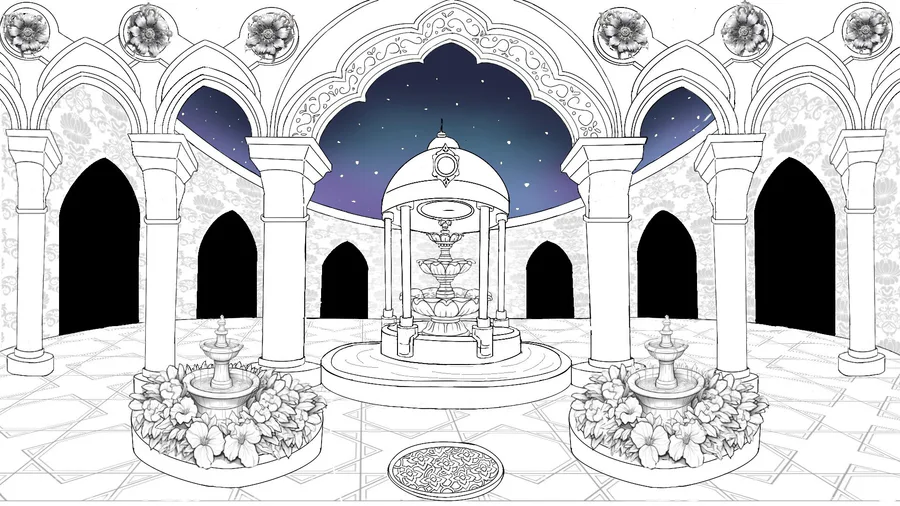


0 comments